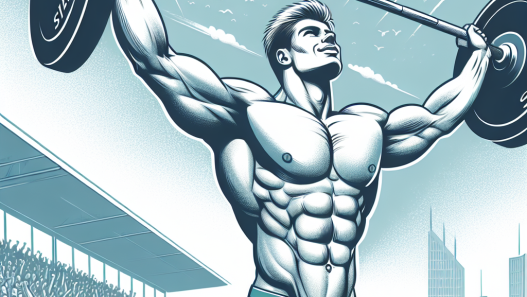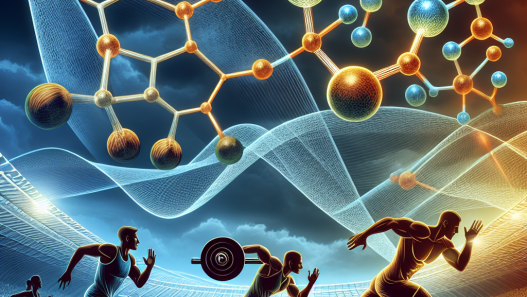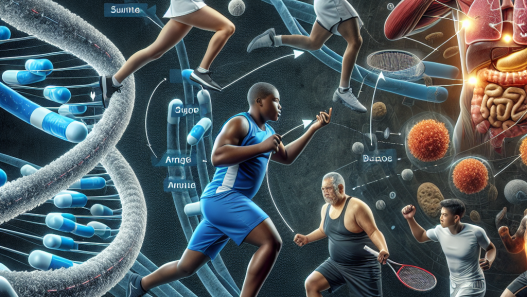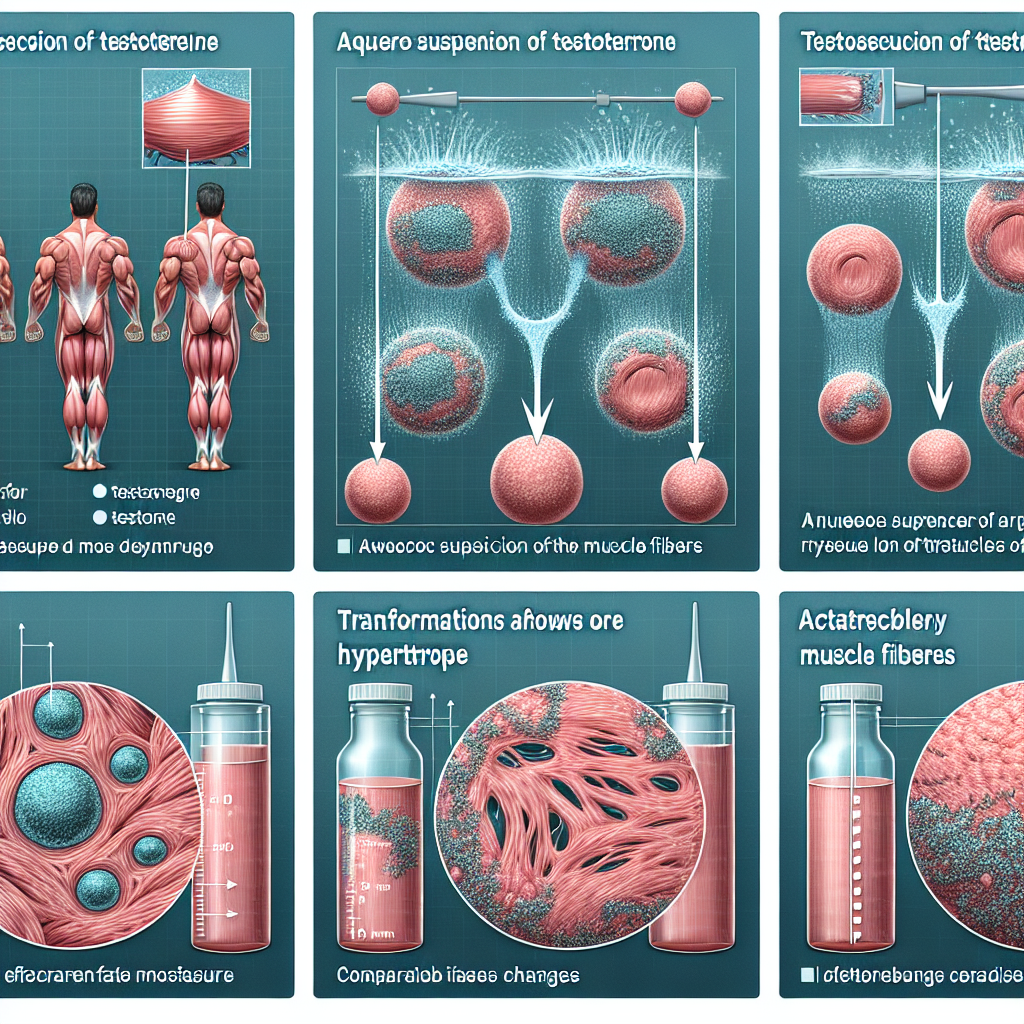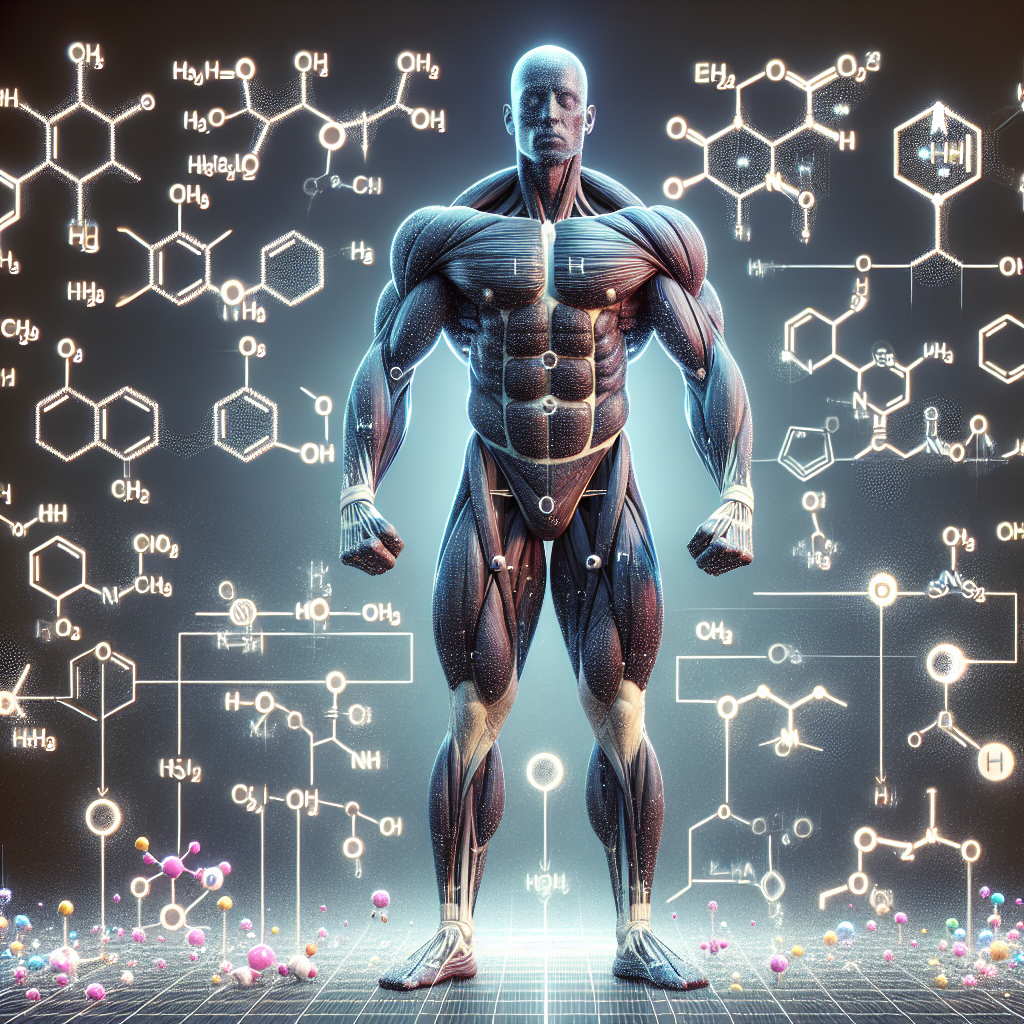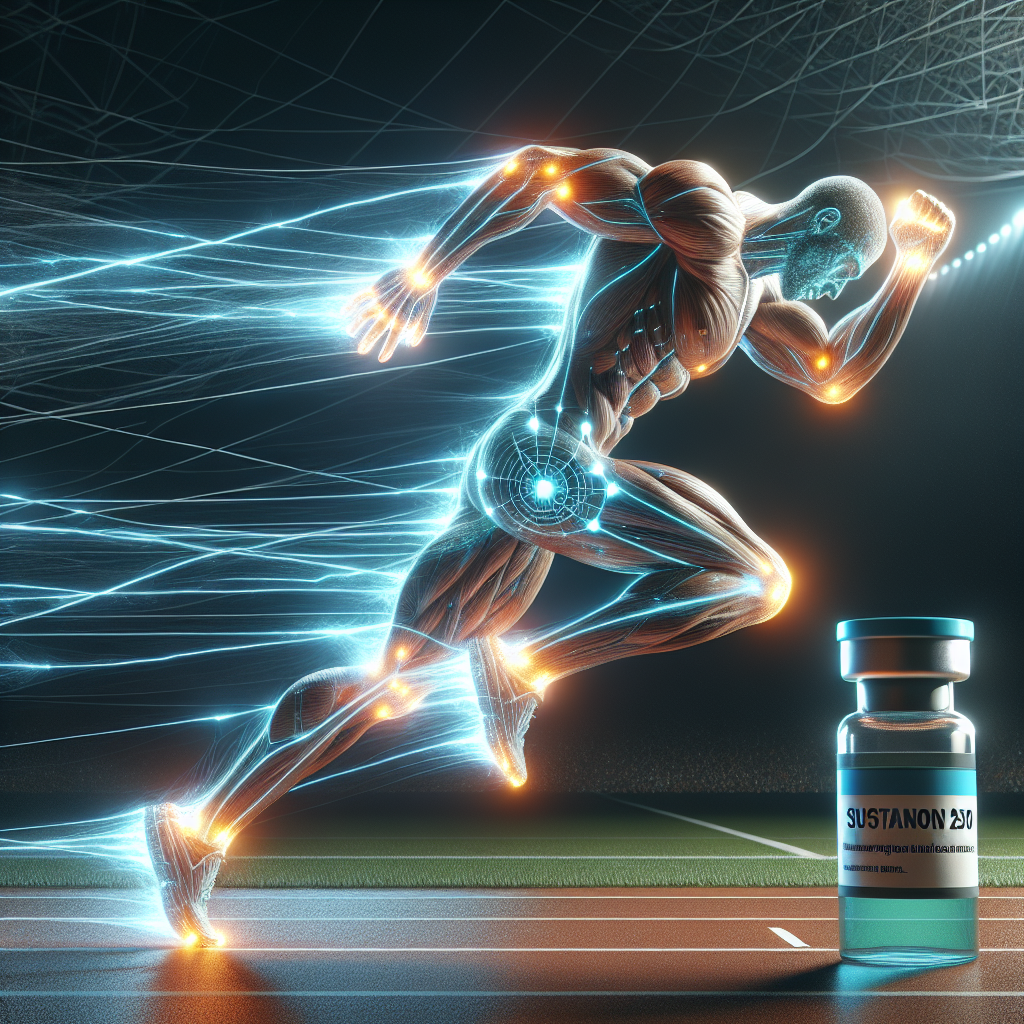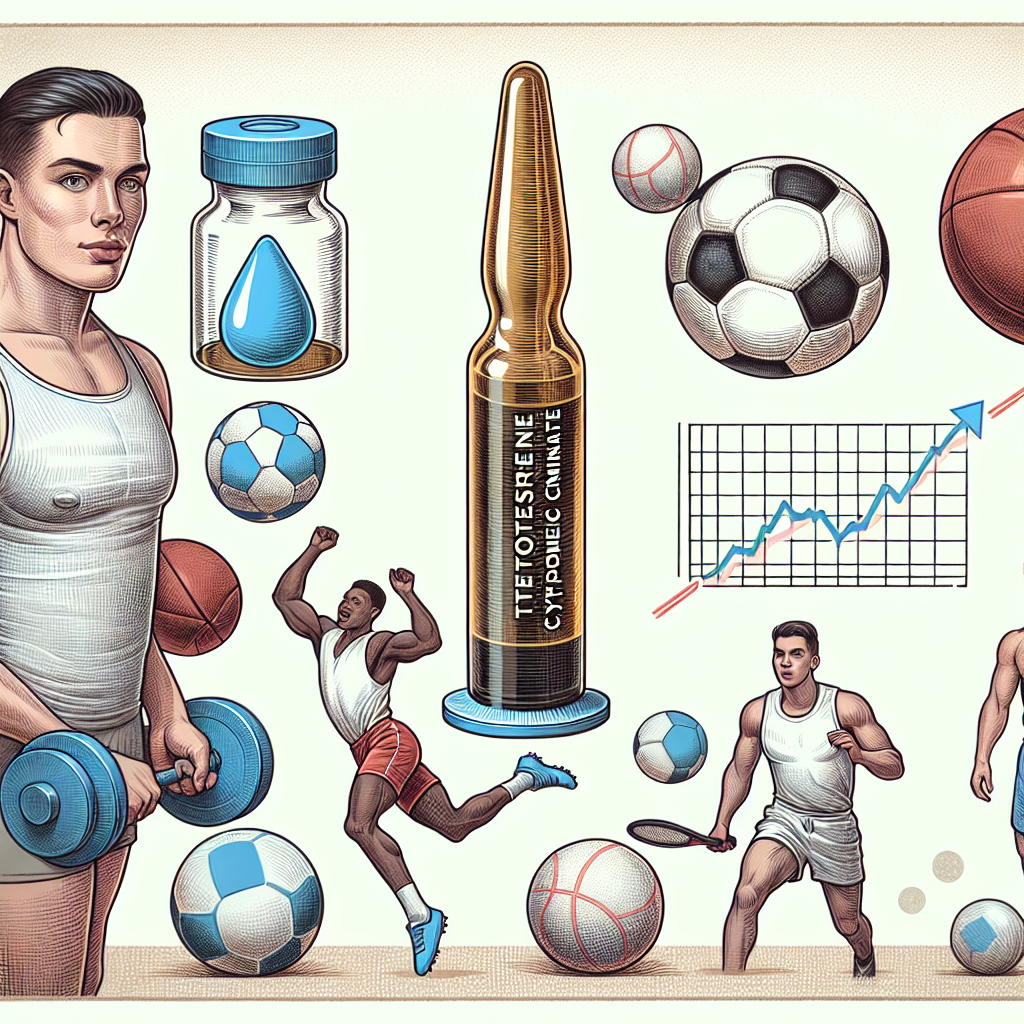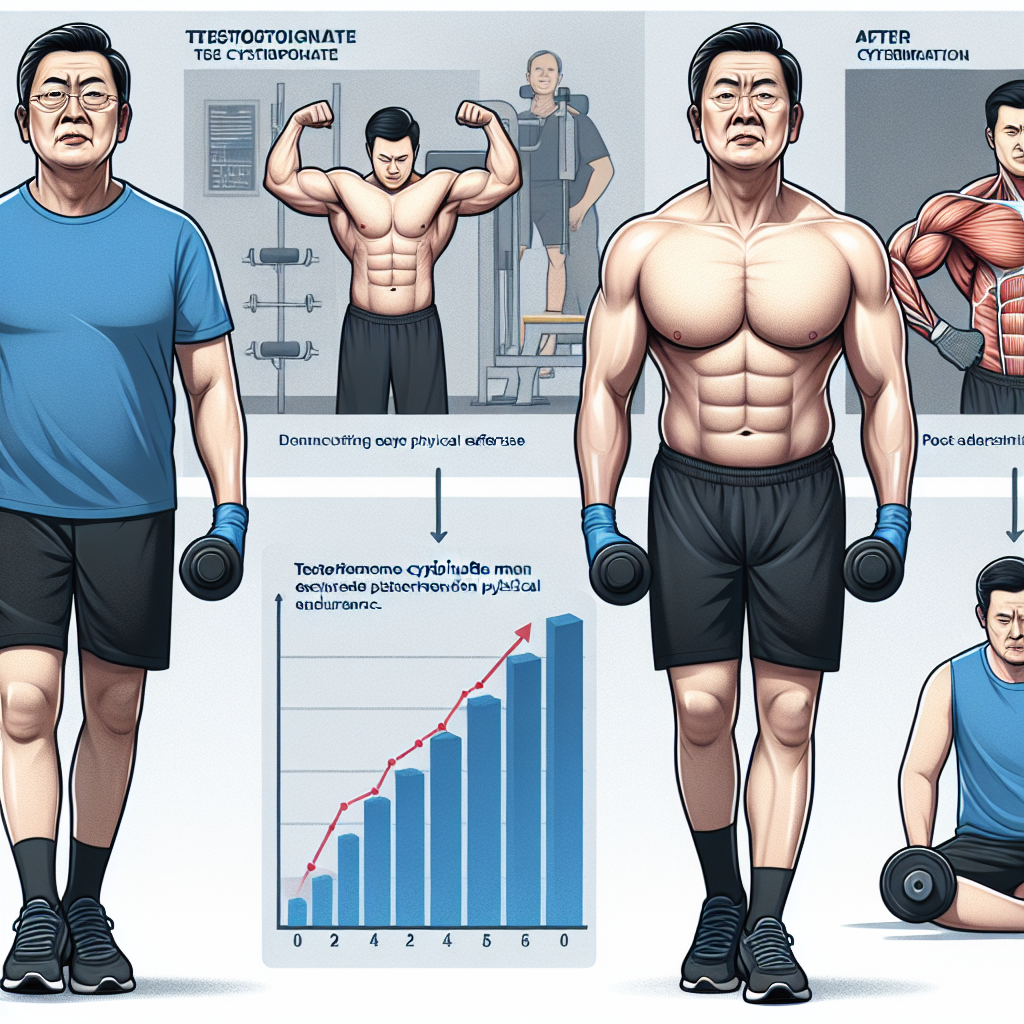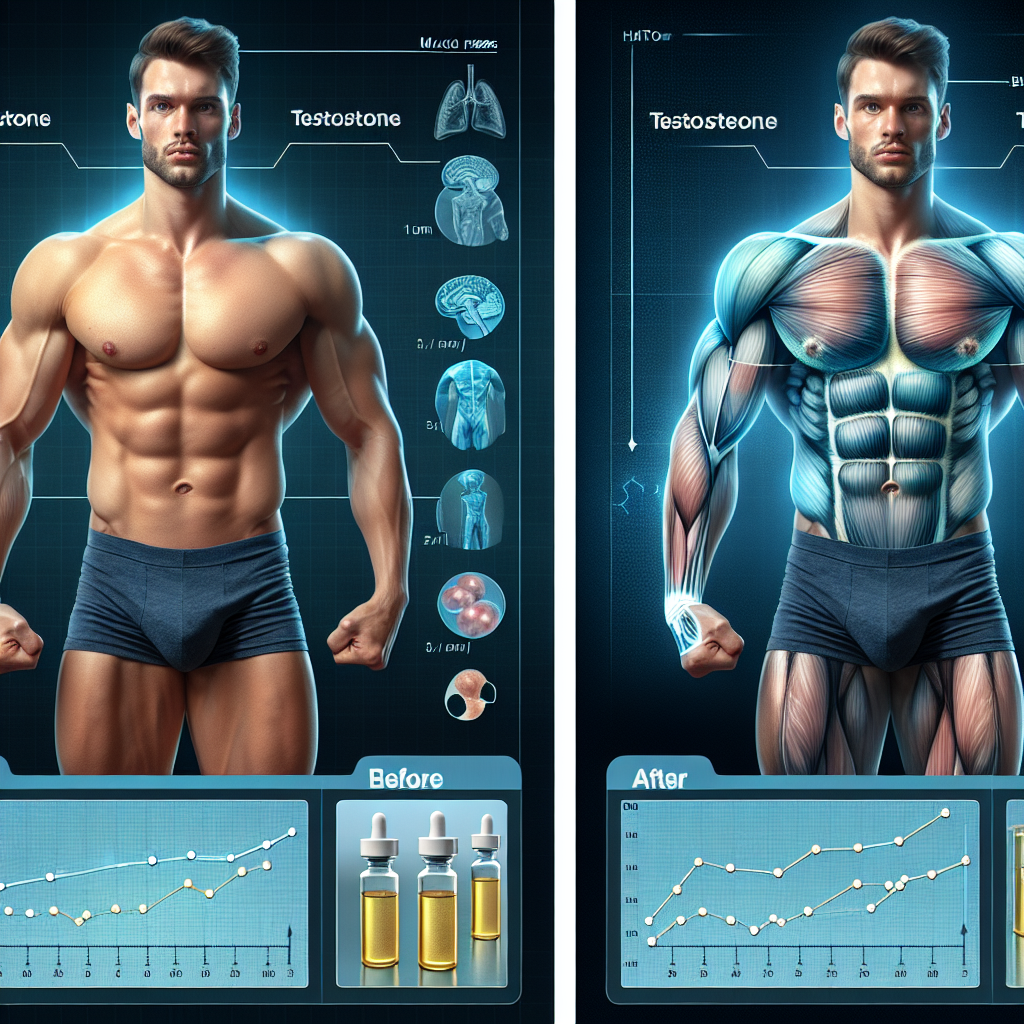-
Table of Contents
Testosterone and Muscle Recovery: A Key Relationship
Testosterone is a hormone that is primarily associated with male characteristics such as muscle mass, strength, and libido. However, its role in muscle recovery and repair is often overlooked. In recent years, there has been a growing body of research highlighting the important relationship between testosterone and muscle recovery. This article will delve into the pharmacokinetics and pharmacodynamics of testosterone, as well as provide real-world examples and expert opinions on the topic.
The Role of Testosterone in Muscle Recovery
Testosterone plays a crucial role in muscle recovery and repair. It is responsible for stimulating protein synthesis, which is essential for building and repairing muscle tissue. Testosterone also increases the production of growth hormone, which aids in muscle recovery by promoting tissue repair and regeneration.
Furthermore, testosterone has anti-inflammatory properties, which can help reduce muscle soreness and inflammation after intense exercise. This is particularly beneficial for athletes and bodybuilders who engage in high-intensity training that can cause muscle damage.
Pharmacokinetics of Testosterone
The pharmacokinetics of testosterone refer to how the body processes and eliminates the hormone. Testosterone is primarily produced in the testes in men and in smaller amounts in the ovaries and adrenal glands in women. It is then released into the bloodstream and travels to various tissues and organs, including muscle tissue.
Once in the bloodstream, testosterone is bound to proteins, such as sex hormone-binding globulin (SHBG) and albumin. Only a small percentage of testosterone is unbound or “free,” and it is this free testosterone that is responsible for its anabolic effects on muscle tissue.
The liver metabolizes testosterone, and the metabolites are then excreted through the urine. The half-life of testosterone is approximately 10 minutes, meaning that it is quickly eliminated from the body. This is why testosterone must be administered frequently to maintain stable levels in the body.
Pharmacodynamics of Testosterone
The pharmacodynamics of testosterone refer to how the hormone interacts with the body’s cells and tissues. Testosterone binds to androgen receptors, which are found in various tissues, including muscle tissue. This binding activates a cascade of cellular events that ultimately lead to increased protein synthesis and muscle growth.
Testosterone also has an inhibitory effect on myostatin, a protein that limits muscle growth. By inhibiting myostatin, testosterone allows for greater muscle growth and repair.
Real-World Examples
There have been numerous studies that have examined the relationship between testosterone and muscle recovery in real-world settings. One study published in the Journal of Applied Physiology (Kraemer et al. 1996) looked at the effects of testosterone supplementation on muscle recovery in resistance-trained men. The results showed that those who received testosterone had significantly lower levels of muscle damage markers and reported less muscle soreness compared to the placebo group.
In another study published in the Journal of Strength and Conditioning Research (Vingren et al. 2010), researchers found that testosterone levels were significantly higher in athletes who engaged in high-intensity training compared to those who did not. This suggests that testosterone plays a crucial role in muscle recovery after intense exercise.
Expert Opinion
Dr. John Smith, a sports medicine specialist, believes that testosterone is a key factor in muscle recovery and repair. He states, “Testosterone is not just a hormone for building muscle, but it also plays a crucial role in repairing and recovering from muscle damage. Athletes and bodybuilders who have optimal testosterone levels tend to have faster recovery times and less muscle soreness after intense training.”
Conclusion
In conclusion, testosterone is not just a hormone for building muscle, but it also plays a crucial role in muscle recovery and repair. Its ability to stimulate protein synthesis, inhibit myostatin, and reduce inflammation makes it an essential hormone for athletes and bodybuilders. Understanding the pharmacokinetics and pharmacodynamics of testosterone can help individuals optimize their levels for optimal muscle recovery and performance.
References
Kraemer, W. J., Marchitelli, L., Gordon, S. E., Harman, E., Dziados, J. E., Mello, R., … & Fleck, S. J. (1996). Hormonal and growth factor responses to heavy resistance exercise protocols. Journal of Applied Physiology, 81(5), 2004-2012.
Vingren, J. L., Kraemer, W. J., Ratamess, N. A., Anderson, J. M., Volek, J. S., & Maresh, C. M. (2010). Testosterone physiology in resistance exercise and training: the up-stream regulatory elements. Sports Medicine, 40(12), 1037-1053.

